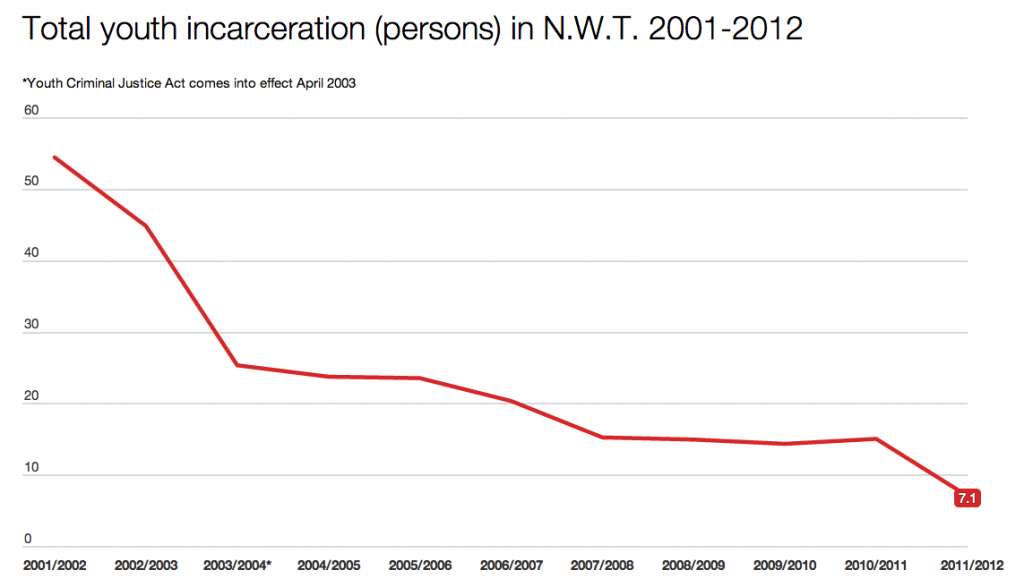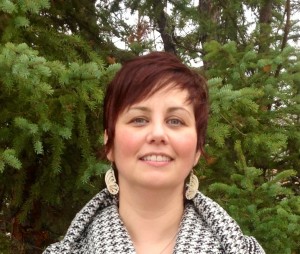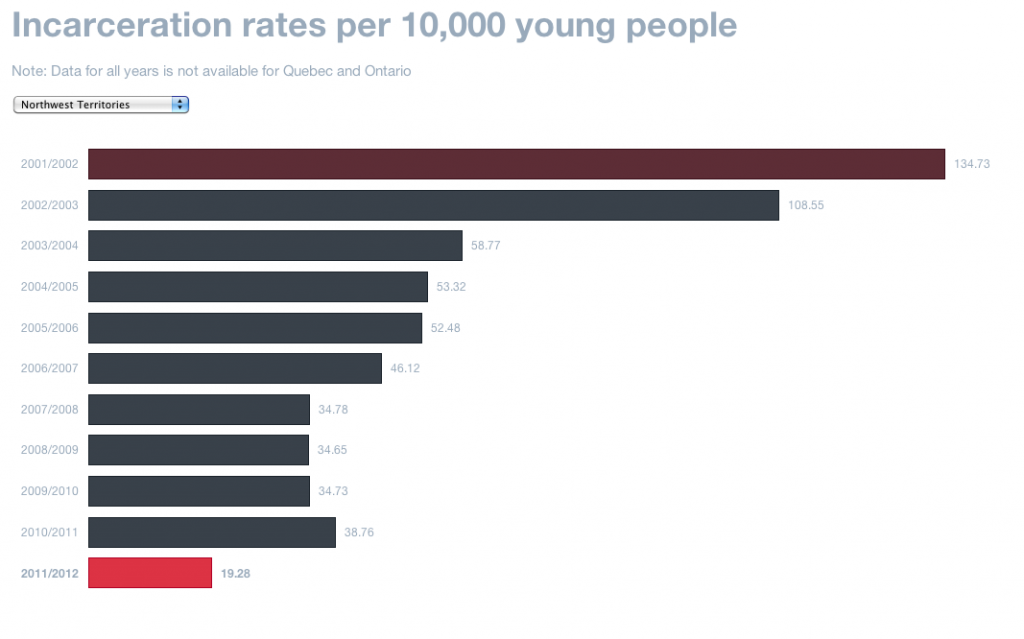According to an analysis of Statistics Canada incident-based crime statistics, firearm violence has increased in Ontario by almost 30 per cent over the past 5 years.
The two cities in Ontario that have felt the impact of gun violence the most have been Kingston and Peterborough, with a 475 per cent and 278 per cent increase, respectively. But Ottawa has also suffered, with a 75% increase since 2014. Inspector Carl Cartright from the Ottawa Police Services (OPS) believes that the cheaper and easier to access guns from the United States is largely to blame.
Gun violence has become an election issue.
David McGuinty, a Liberal MP for the Ottawa-South riding, agrees with this, stating that the Liberal government has been working hard to provide funding and policies to help combat street-level violence.
Audio PlayerIn August, the Canadian government announced they would be providing an additional $54 million over the next three years to combat gun and gang violence in Ontario. This is added to an initial $11 million over two years that was announced in March. There are strict background checks and testing that current firearm owners have to pass before they are allowed to own any type of firearm like Bill C-71. If re-elected, the Liberals are promising to strengthen gun control, including banning military-style assault rifles and giving municipalities the ability to negotiate handgun bans.
Michael Press, a firearms investigator for the RCMP, doesn’t believe a full ban will help. “I really don’t think it’s going to work.” A full ban would punish sport shooters and hunters, especially Indigenous hunters who hunt for food, and push more people to purchase on the black market. “It’s like when you go to school and one student does something and you’re going to punish everybody, that’s not the way to go.”
Pierre Poilievre, the Conservative candidate for the Carleton riding, agrees with Press. In an email interview, he stated, “Shooting people is already illegal. Only criminals do it.”
“Canada’s Conservatives will vigorously oppose a blanket firearms ban on law-abiding, highly-vetted Canadians.” Poilievre says that there will instead be a focus on the prosecution of violent criminals, including stiffer penalties for illegal possession and reinforcing border security.
McGuinty is concerned that the Conservatives’ measures aren’t good enough for community safety, “I don’t think that they understand that we have this serious problem in terms of community safety. You don’t want to exaggerate it, but you don’t want to underplay it either. You have to invest in people, kids, youth, community policing, and of course you got to address the guns issue head on.”
Press agrees that community policing is the best way to prevent any sort of street-level violence. “It’s what tools they (criminals) have available. It’s the level of violence that people are willing to go to in order to meet what they’re doing.”
The mayor of Toronto, John Tory, has asked for a municipal handgun ban multiple times in wake of the high gun violence in Toronto. The power for municipalities to ban handguns has been pushed by the leader of the NDP party Jagmeet Singh.














